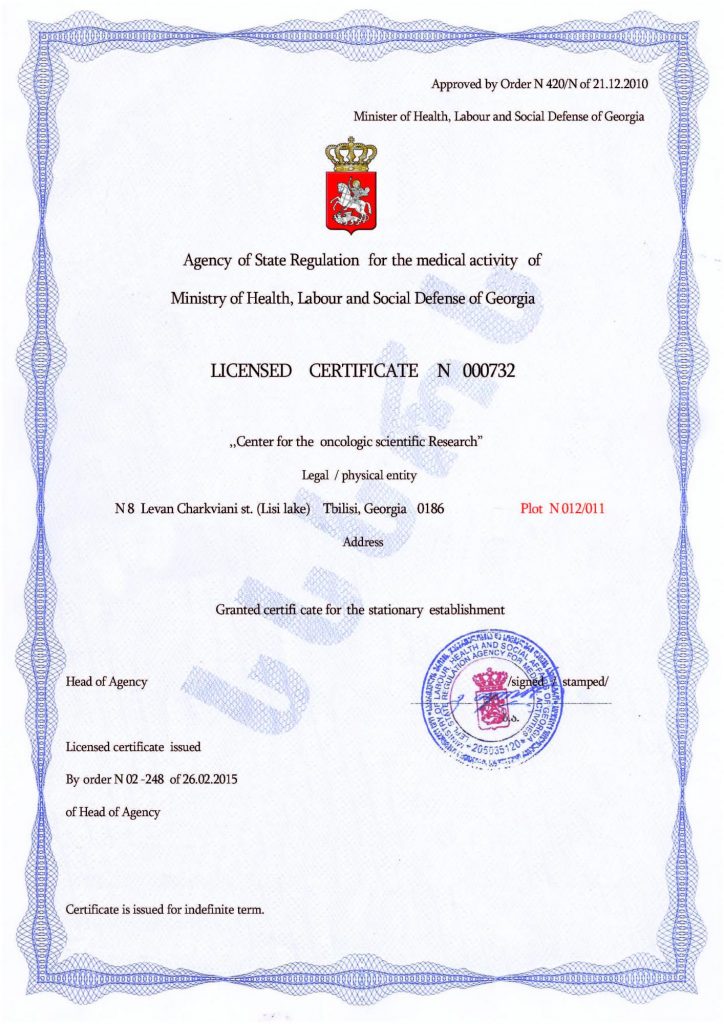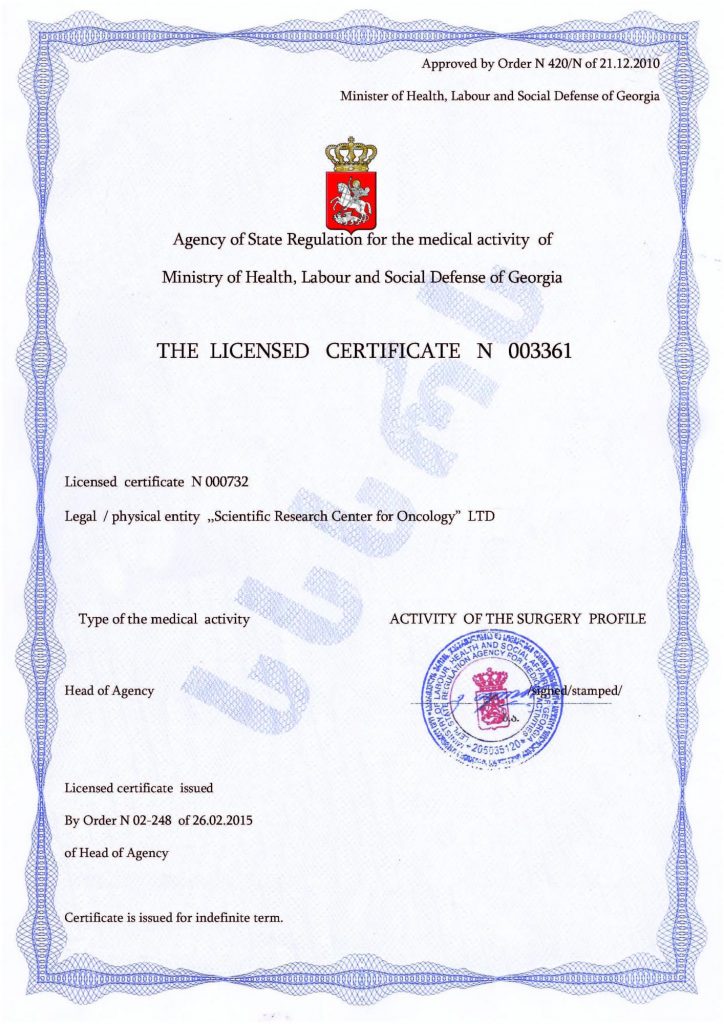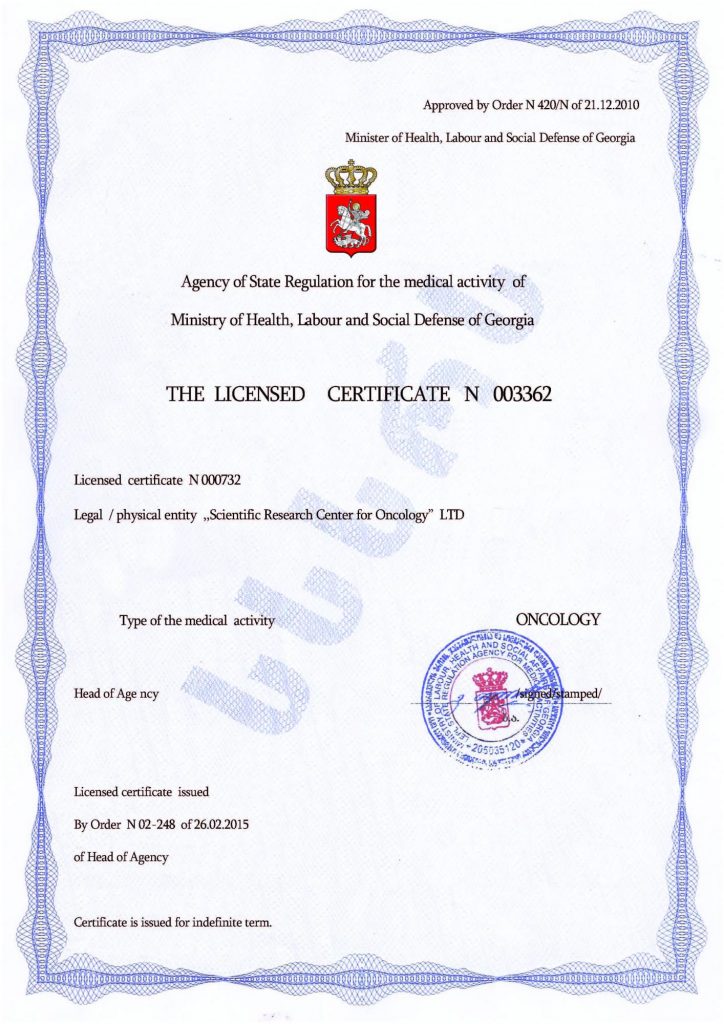How to Explain Hygiene Rules to an Autistic Person
Communication with individuals diagnosed with autism spectrum disorders has its unique characteristics. They can effectively absorb information, even in childhood, but often require more time, unless the information is presented in a form they can easily understand. This factor is especially important when explaining a crucial topic such as the need to follow hygiene rules. While specific cases depend on the individual’s perception, cognitive abilities, and sensory system functioning, there are several ways to make hygiene rules clearer and more acceptable.
- Use Clear and Specific Formulations
Instead of abstract statements like “This is important for your health,” be more specific: “If you don’t wash your hands, germs will stay on them, and you can get sick,” or “Clean teeth are strong teeth. If you don’t brush them, they will start to hurt.” - Use Visual Aids
If the child better perceives non-verbal information, visual aids play a crucial role. A step-by-step guide with pictures or photographs can be very helpful. A timer can also be useful to demonstrate how long a process will take. The child will likely quickly adapt to using this information and will be able to rely on it independently in the future. You can also create a checklist of hygiene procedures to ensure they are completed. - Lead by Example
It helps to demonstrate proper hygiene practices by showing the child how to wash hands, brush teeth, or comb hair, while explaining when it is appropriate to do so. Dolls, toys, or characters from their favorite cartoons can also serve as role models. - Consider Sensory Sensitivities
Reluctance to perform hygiene procedures may be related to sensory issues. Some autistic individuals may find the sensation of water, soap, or toothpaste unpleasant, and these sensitivities may persist into adulthood. If regular soap causes discomfort, try using softer alternatives or wet wipes. Experiment with different types of toothpaste—perhaps the child dislikes the strong taste or too much foam. If regular water causes discomfort, washing can be replaced with wiping using a sponge or wet towel. - Incorporate Hygiene into a Routine
Given that autistic individuals tend to stick to a structured daily routine, it’s helpful to make hygiene procedures a consistent part of that routine, performed at the same time each day. You can also associate these activities with something pleasant, like watching cartoons after brushing teeth. - Use Positive Reinforcement
Praise or small rewards such as treats or homemade “medals” can help reinforce good behavior. If certain hygiene tasks are particularly challenging, introduce them gradually, step by step, without pressuring the child, as this may lead to resistance. The key is patience and adaptation to the child’s individual needs.
Cellular Therapy as a Solution
Making hygiene routines easier can also be achieved by addressing the underlying cause of the child’s resistance to certain procedures. This resistance is often linked to their unique way of perceiving the world, which is influenced by the symptoms of autism. Cellular therapy can address this, offering a highly effective method for overcoming these symptoms.
The core of this approach involves stem cell transplantation, where stem cells transform into other types of cells, replacing defective ones. This process helps replace damaged cells in the brain and nervous system, allowing them to function normally. The results of this procedure are noticeable soon after and can last for a long time, often for life, thus enhancing the effectiveness of other therapeutic methods. The treatment itself is completely natural and safe.
While cellular therapy was once considered experimental, it is now widely accepted and recognized for its merits. In the future, it may become the primary method for addressing autism and its symptoms. This therapy is already used in leading medical centers worldwide, including the Mardaleishvili Medical Center. The clinic’s doctors are highly trained, with vast experience, and have access to state-of-the-art equipment. Additionally, the clinic offers support with travel planning, accommodations, and other practical aspects for the convenience of patients.
Cellular Therapy — A Path to a Full Life!
Autism Treatment Center Videos
Autism treatment with own stem cells
Cord blood association congress
International Quality Crown
Autism Treatment Reviews
Autism treatment with own stem cells
The story of Alessandro (6 years old)
Autism Patient Testimonial - Stem Cell Treatment
Clients Testimonials
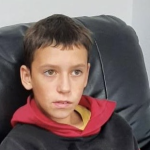
Feedback from Igor, David’s father (12 years old) Read More
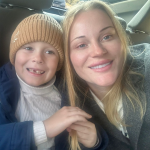
Feedback from Olga, Fedya’s mother Read More
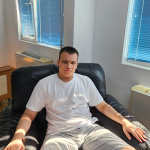
Feedback from Natalia, Radomir’s mother (15 years old) Read More
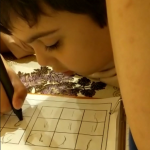
Feedback from Esther, Samuel’s mother (8 years old) Read More
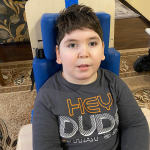
Feedback from Abibe, Selim’s mother (7 years old) Read More









